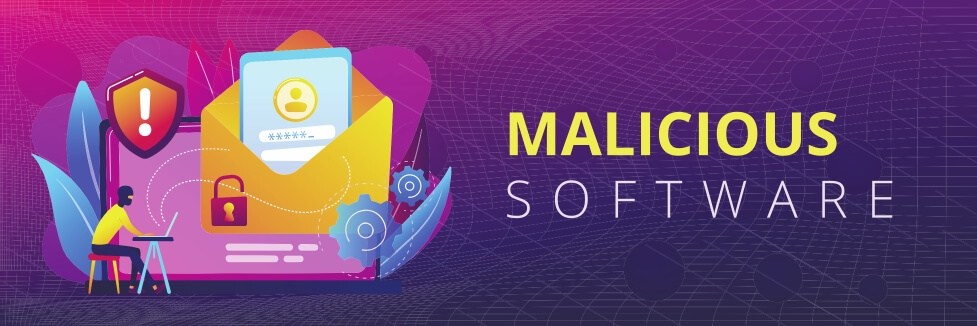What is Malware and How Does it Work
Malware, short for "malicious software," refers to any software program or code that is specifically designed to harm, exploit, or gain unauthorized access to computer systems, networks, or data. Malware is a broad category that encompasses a wide range of malicious software types, each with its own purpose and functionality.
Here are some common types of malware and how they work:
Viruses: Viruses are self-replicating programs that attach themselves to legitimate files or software. When an infected file is executed, the virus activates and can spread to other files and systems. Viruses often have destructive payloads, such as deleting files or corrupting data.
Trojans: Trojans are deceptive programs that appear to be legitimate but have hidden malicious functions. Users are tricked into installing them, and once installed, they can perform actions like stealing sensitive data, creating backdoors for remote access, or launching other forms of attacks.
Worms: Worms are self-replicating malware that spread across networks and systems without user intervention. They exploit vulnerabilities in software or network protocols to propagate and can cause rapid, widespread infections.
Ransomware: Ransomware encrypts a victim's files or entire system, rendering them inaccessible. The attacker then demands a ransom from the victim in exchange for the decryption key. If the ransom is not paid, the data may be permanently lost.
Spyware: Spyware secretly collects information about a user's activities, such as keystrokes, browsing history, and personal data. This stolen information is often sent to a remote server for malicious purposes, such as identity theft or targeted advertising.
Adware: Adware is often less harmful than other malware types, but it can be annoying. It displays unwanted advertisements, redirects web traffic, and may track user behavior for advertising purposes.
Botnets: A botnet is a network of compromised computers, known as "bots" or "zombies," controlled by a central entity called a "botmaster." Botnets can be used for various malicious activities, including distributed denial-of-service (DDoS) attacks, sending spam emails, or conducting cybercriminal operations.
Rootkits: Rootkits are malware that hides deep within the operating system and are difficult to detect or remove. They can provide attackers with persistent access to a compromised system while evading security measures.
Keyloggers: Keyloggers record keystrokes on a computer or mobile device, allowing attackers to capture sensitive information such as passwords and credit card numbers.
Malware typically spreads through various vectors, including email attachments, malicious websites, infected software downloads, removable media, and social engineering techniques. Once on a system, malware can execute its malicious code, communicate with command-and-control servers, steal data and band width, manipulate system functions, or carry out other harmful actions.
To defend against malware, individuals and organizations need to employ a combination of security measures, including antivirus software, firewalls, regular software updates, and user education to recognize and avoid potential threats. Additionally, maintaining backups of critical data and practicing good cybersecurity hygiene are essential elements to mitigate the risks associated with malware.
Great security starts with a great password!
Try out the Inclinet Secure Password Generator to create secure passwords of any length.

If you would like more information about how Inclinet can help protect your website from disaster, contact us today!

Inclinet Internet Group
https://inclinet/com/contact-us
admin@inclinet.com


